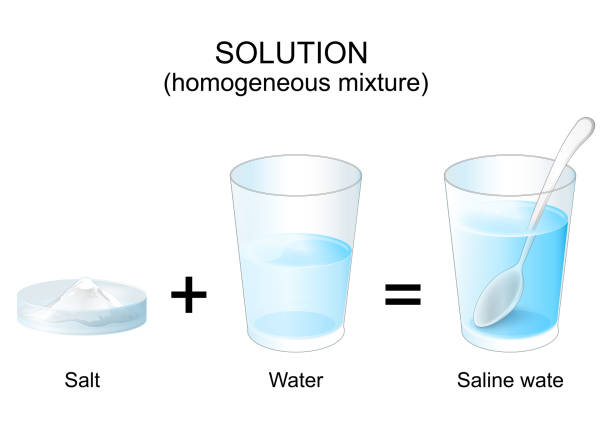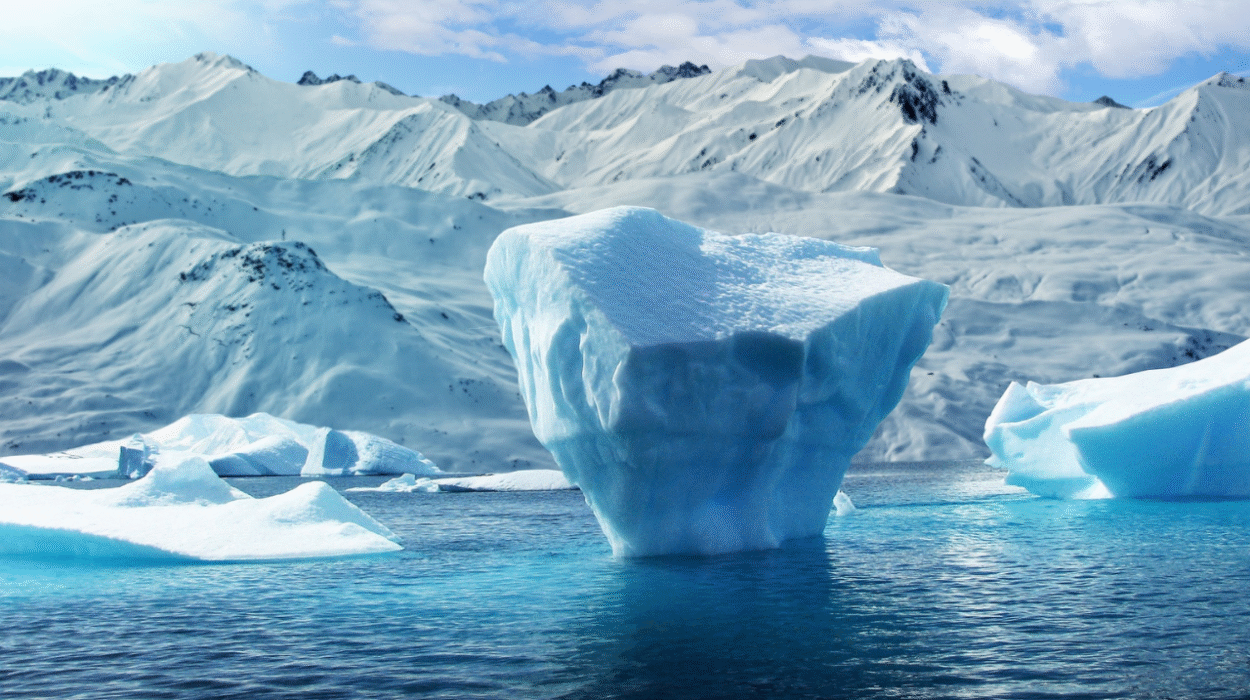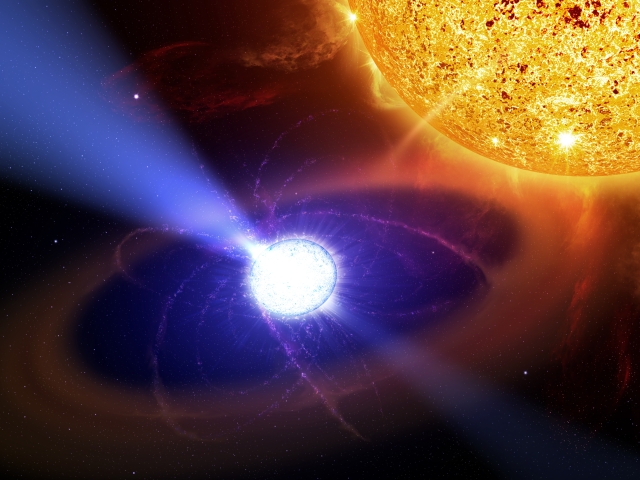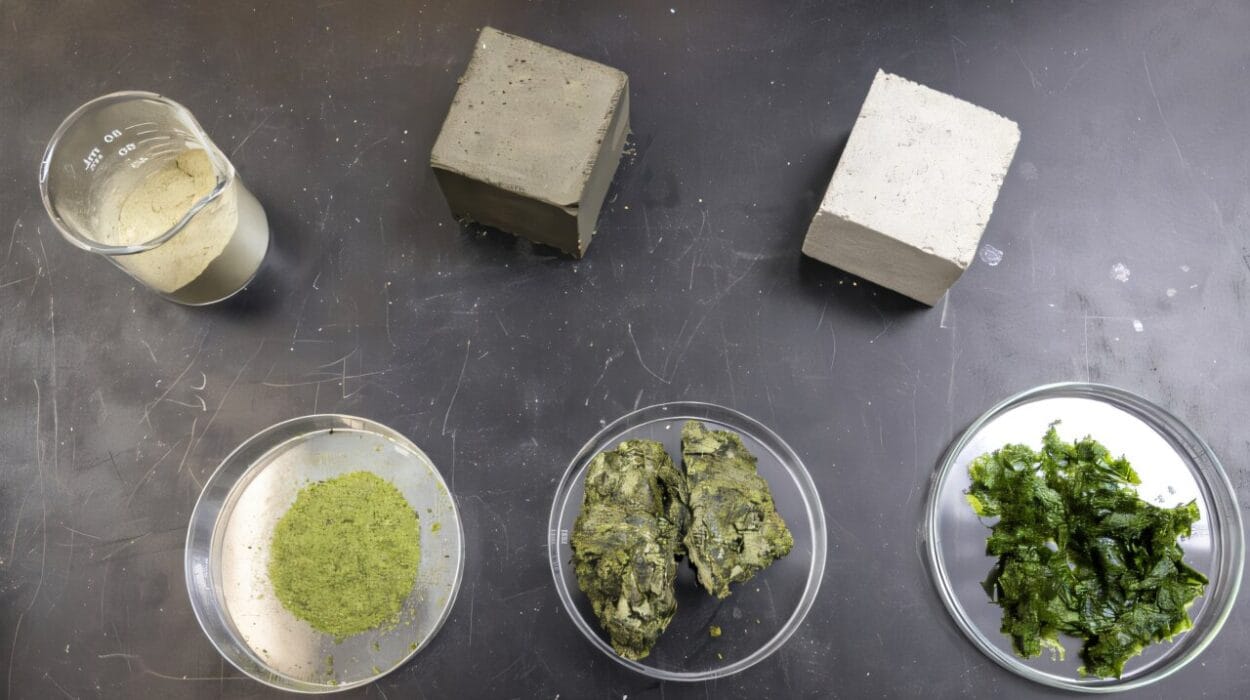Have you ever sprinkled a pinch of salt into a glass of water and watched it vanish before your eyes? It seems like a simple everyday occurrence, one that most people wouldn’t give a second thought. But behind that disappearing act lies a rich and intricate tapestry of chemistry, one that reaches into the heart of how molecules interact, how nature balances forces, and why water is truly the “universal solvent.”
Salt dissolving in water might look like a mundane moment in the kitchen, but it’s a chemical marvel that touches everything from the oceans and human biology to the design of spacecraft and artificial intelligence-driven drug research. In this article, we’ll take a deep dive into the molecular drama that unfolds when salt meets water, exploring the structure of atoms, the nature of chemical bonds, the quirks of polarity, and the fascinating roles that energy and entropy play in something as deceptively simple as dissolving.
So, pull up a lab stool, grab your metaphorical microscope, and let’s explore why salt dissolves in water—down to the last atom.
The Nature of Salt: A Crystal of Charge
When we talk about “salt,” we’re usually referring to sodium chloride (NaCl)—the white, crystalline substance found in your salt shaker. But what is salt, really?
At the atomic level, salt is composed of ions—charged particles that have either gained or lost electrons. Sodium (Na) is a metallic element that loses one electron to become a positively charged cation (Na⁺). Chlorine (Cl), a highly reactive non-metal, gains an electron to become a negatively charged anion (Cl⁻). When these two ions meet, they are attracted to each other by electrostatic forces, forming a crystal lattice: a highly organized, repeating structure of alternating Na⁺ and Cl⁻ ions.
This crystal lattice is remarkably stable, held together by ionic bonds—strong attractions between oppositely charged ions. At room temperature, this ionic compound is solid, hard, and brittle. It’s not just any crystal—it’s a molecular fortress, a kingdom of order governed by electrostatic law.
But then, along comes water. And the story changes.
The Power of Polarity: Water’s Secret Weapon
To understand why salt dissolves in water, we must first understand why water is such a powerful solvent.
Water molecules (H₂O) are polar. This means that while the molecule as a whole is electrically neutral, its electrons are not evenly distributed. The oxygen atom pulls the shared electrons more strongly than the hydrogen atoms, giving the oxygen a slight negative charge and the hydrogens a slight positive charge. As a result, a water molecule has a dipole moment—a positive side and a negative side.
This tiny imbalance creates a powerful effect. Water molecules orient themselves like tiny magnets, with the positive hydrogen sides attracted to negative charges and the negative oxygen side attracted to positive charges. This orientation is the key to water’s role as a solvent—especially for ionic compounds like salt.
Water doesn’t just surround other molecules—it interacts with them, challenges their bonds, and sometimes even breaks them apart.
Dissolution: A Molecular Tug-of-War
When a grain of salt enters water, the real magic begins. On the outside of the salt crystal, water molecules start to crowd around the individual Na⁺ and Cl⁻ ions. Their dipole nature allows them to interact differently with each ion:
- The negative oxygen side of water molecules surrounds and interacts with Na⁺.
- The positive hydrogen side of water molecules surrounds and interacts with Cl⁻.
This interaction is known as ion-dipole attraction. Though weaker than the ionic bonds in the crystal lattice, these ion-dipole attractions can become collectively strong enough to dislodge individual ions from the crystal.
As more water molecules surround each ion, they pull the ions completely out of the crystal and into the solution. This process is called hydration or solvation, and once separated, the ions are hydrated—encased in a shell of water molecules that prevents them from rejoining the crystal.
And just like that, the salt disappears. Or rather, it dissolves—split apart at the molecular level, distributed evenly throughout the water, invisible to the naked eye but still entirely present.
Energy in Action: Thermodynamics of Dissolution
Why does salt dissolve in water from an energy perspective? To answer that, we turn to thermodynamics, the branch of physical science that deals with heat, work, and energy transfer.
Three major energy changes occur during the dissolution process:
- Lattice Energy (ΔH₁): This is the energy required to break the ionic bonds holding the NaCl crystal together. It’s a positive value because energy is required to overcome the attraction between Na⁺ and Cl⁻ ions.
- Hydration Energy (ΔH₂): This is the energy released when water molecules surround and interact with the freed Na⁺ and Cl⁻ ions. It’s a negative value because energy is given off when these new interactions form.
- Overall Enthalpy Change (ΔH₃): The net result of the energy input to break the lattice and the energy output from hydration. For NaCl, this value is slightly positive, meaning the process absorbs a small amount of energy—but not so much that it cannot occur spontaneously.
This is where entropy (ΔS) comes in.
Entropy is a measure of disorder or randomness in a system. When NaCl dissolves, the highly ordered crystal structure is broken apart, and the ions disperse randomly through the solvent. This increases the system’s entropy, and according to the Gibbs free energy equation:
ΔG = ΔH – TΔS
Even if ΔH is slightly positive (endothermic), a large enough increase in entropy (ΔS) can make ΔG negative—meaning the process is spontaneous.
And so, salt dissolves because the system, overall, moves to a more disordered but energetically favorable state.
Why Some Salts Don’t Dissolve: Solubility Limits
If water is such a powerful solvent, why doesn’t every salt dissolve?
The answer lies in the relative strengths of lattice energy and hydration energy. Some salts, like barium sulfate (BaSO₄) or silver chloride (AgCl), have such strong lattice energies that water can’t overcome them. In these cases, ΔH is too positive, and the increase in entropy isn’t enough to drive dissolution.
Solubility is also influenced by temperature, pressure, pH, and even the common ion effect (where the presence of certain ions in solution affects the solubility of a salt).
So while water is incredibly good at dissolving salts, it’s not omnipotent. The balance of energies must still be in favor of the solution.
Microscopic Perspective: Solvation Shells and Ion Behavior
Once Na⁺ and Cl⁻ ions are freed into the water, what happens to them?
They become surrounded by water molecules in a specific orientation. For Na⁺, the oxygen atoms of nearby water molecules point inward, attracted to the positive charge. For Cl⁻, the hydrogen atoms point inward. This structure is called a solvation shell or hydration shell, and it stabilizes the ions in solution.
These shells also influence ionic mobility—how quickly ions can move through the solvent—and conductivity. Because ions carry charge, solutions of dissolved salt can conduct electricity, forming what’s known as an electrolyte solution.
This principle is fundamental in biology, where the movement of Na⁺ and Cl⁻ across membranes drives nerve impulses, muscle contractions, and cellular functions.
Salt and Water in Biology: A Matter of Life
Inside your body, salt doesn’t just season food—it governs life itself.
Osmosis, the movement of water across a membrane due to solute concentration, depends on dissolved ions like sodium and chloride. Your cells use sodium-potassium pumps to maintain balance, creating electrical gradients essential for neural activity.
Salt also regulates blood pressure, hydration, and enzyme function. A disruption in electrolyte levels can lead to serious medical conditions, from dehydration and cramping to cardiac arrest.
In this sense, the chemistry of salt dissolving in water isn’t just academically interesting—it’s vital to the machinery of life.
Beyond the Kitchen: Industrial and Environmental Roles
In industrial chemistry, the dissolution of salts is crucial in processes like electroplating, purification, and extraction. Dissolved salts are used in water treatment, mining, chemical synthesis, and even nuclear reactors.
In the environment, saltwater shapes ecosystems. Ocean salinity affects buoyancy, marine biodiversity, and climate regulation. And when salt levels are disrupted—whether by melting glaciers or pollution—the results can cascade through entire food chains.
Even in space exploration, the search for extraterrestrial life includes a hunt for salty water. Salt lowers the freezing point of water, meaning briny liquids could exist on icy moons like Europa or Enceladus, potentially harboring life beneath the surface.
The Reverse Process: Can Salt Be Recrystallized?
Yes, it can—and you’ve probably done it without realizing. When water evaporates from a saltwater solution, the concentration of ions increases until they can no longer remain dissolved. The ions reassemble into a crystal lattice, forming salt crystals.
This process, called precipitation or crystallization, is used in industry to recover salts from solution. In nature, it creates salt flats, halite formations, and salt domes that geologists study for clues about Earth’s history.
It’s the full circle of solubility—from solid to solution and back again.
Final Thoughts: Dissolution as a Window into Chemistry
In the end, the act of salt dissolving in water is so much more than a culinary event or classroom demonstration. It’s a window into the fundamental principles of chemistry: molecular structure, bonding, polarity, thermodynamics, entropy, and the balance of forces that govern matter.
It’s also a metaphor for life itself—where strong bonds can be broken, new interactions formed, and order sacrificed for the richness of possibility.
So the next time you stir salt into a soup or taste the sea on your lips, remember: you’re witnessing one of the great dances of chemistry—an invisible, intricate, and essential process that connects the microscopic to the cosmic.






